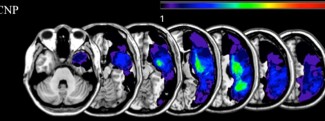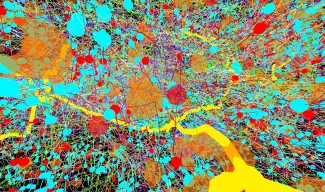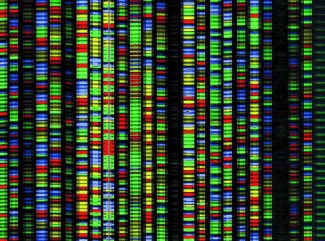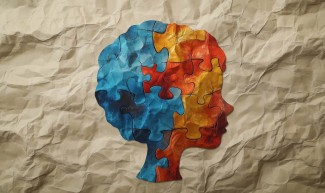Can the left hemisphere compensate for a lesion in the right hemisphere?
Dr. Paolo Bartolomeo, Inserm director of research and head of the PICNIC LAB team at the Brain and Spine Institute and his collaborators published, on January 21, 2015, in Brain, the results of their research on "unilateral spatial neglect" otherwise known as "hemineglect." Persons afflicted with this disorder act as if they ignore the left half of the world. The disorder develops mostly after a lesion in the right hemisphere of the brain, for example following a stroke (a cerebrovascular accident), and worsens the handicap by interfering with reeducation and recuperation. The researchers thus looked for factors that predict the persistence of this disorder, in order to propose a program of reeducation adapted to the patient.
The study they published shows that the two hemispheres can, in part, compensate for each other when there is a lesion, through mechanisms, termed "brain plasticity," that are not yet well known. The results suggest, however, that for compensation to take place the two hemispheres need to "speak to each other" via connexions - white matter tracts - which are unaffected.
During the acute phase of a stroke affecting the right hemisphere, most patients present signs of neglect on the left (the left side of our body functions with the right hemisphere and vice versa). These patients behave as if the left half of the world no longer exists. They don't eat what's on the left side of their plate, bump into furniture located on the left, don't shave or put make-up on the left side of the face. They also recover less well from their motor deficits than patients with lesions in the left hemisphere. Some recover with time, but spontaneous improvement of the neglect is far from the rule: at least a third of the patients who have this disorder in the acute phase will continue to present signs more than a year after their lesion. This underlines the clinical importance of identifying factors that predict the persistence of neglect, in order to propose a reeducation program adapted to patients who risk having a chronic disorder.
Dr. Paolo Bartolomeo and his collaborators followed the evolution of neglect over time in 45 patients with vascular lesions in the right hemisphere. Advanced methods of magnetic resonance imaging enabled them to study the state of the white matter fibres that assure the communication between different regions of the brain, including the two hemispheres. In all the neglect patients, the communication pathways between the anterior and posterior part of the right hemisphere were affected; the patients whose neglect persisted for more than a year after the lesion had, in addition, a lesion in the posterior part of the corpus callosum, the connexion that permits the two hemispheres to communicate with each other. The left hemisphere (intact) must then communicate with the damaged hemisphere (right), in order to compensate for the visuospatial deficits caused by the brain lesion. Patients in whom the corpus callosum is affected risk having chronic neglect and thus should have priority for reeducation.
Sources
White matter lesional predictors of chronic visual neglect: A longitudinal study.
Marine Lunven, Michel Thiebaut De Schotten, Clémence Bourlon, Christophe Duret, Raffaella Migliaccio, Gilles Rode et Paolo Bartolomeo. Brain (online publication January 21, 2015)
http://brain.oxfordjournals.org/







